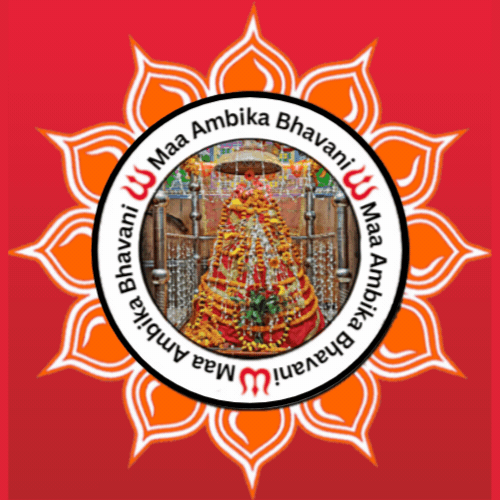Festival
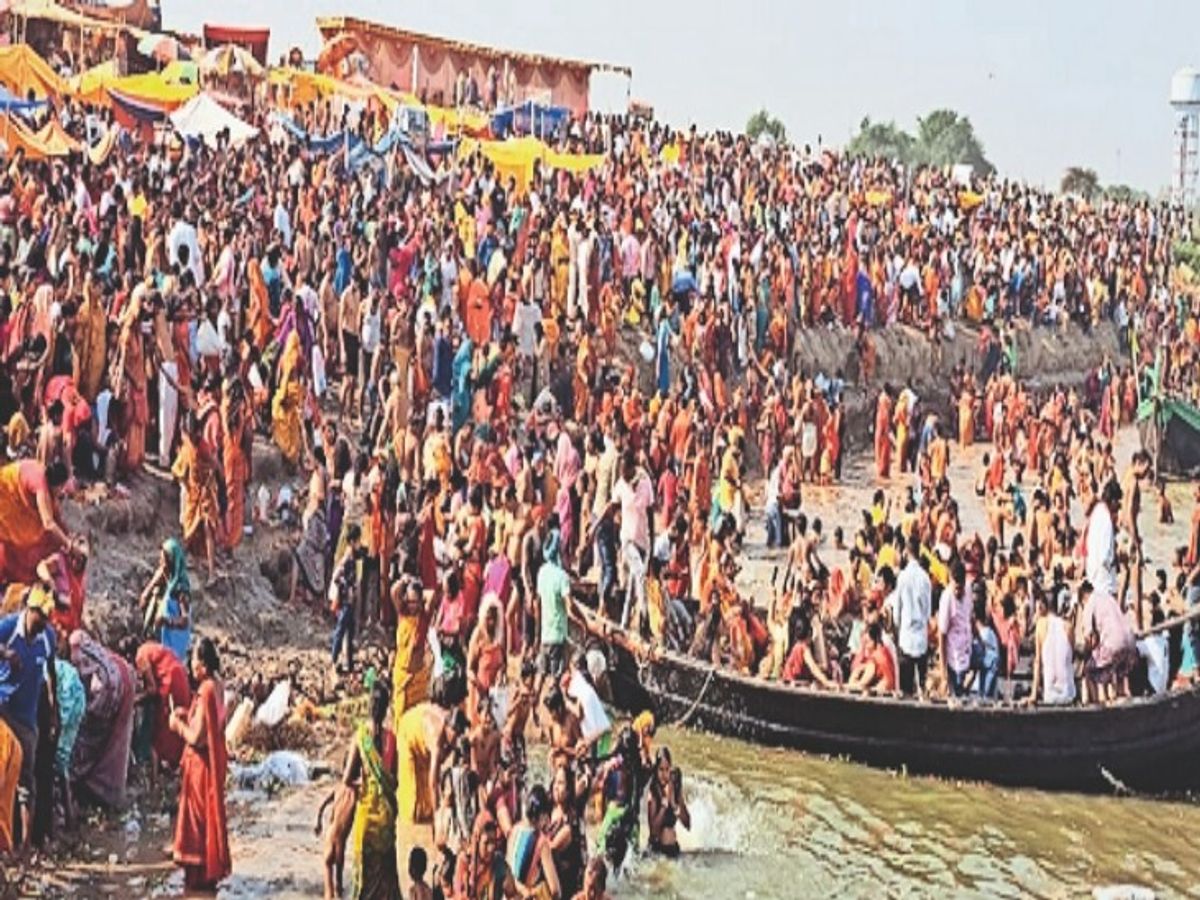
Satuani festival
Satwan is a timeless festival of Bhojpuri culture. The festival is celebrated when the sun moves north from the equator (bisuvat line) according to the solar month in the Hindu calendar . This astronomical event is called the Aries solstice ; Because on this day the sun enters Aries. This day is also considered the end of Kharmas. The festival is celebrated in Purvanchal of Uttar Pradesh, Bihar and Nepal; especially in rural areas. On this day, satua is eaten and satua, water filled in a pot and other various items, jaggery, buckets and umbrellas are donated.
The virtual path of the Sun in the sky is divided into twelve equal parts and their signs are named. Aries is the first of these. The day on which the Sun leaves Pisces and enters Aries according to the Hindu calendar is called Aries Sankranti. As such, due to the solar eclipse, the sun currently enters Aries around March 21; When day and night are equal. In the rest of the Indian Nirvana system, it falls on April 13-1 This day is celebrated as a festival under different names in different parts of India.
Saraswati Puja (Basant Panchami)
Vasant Panchami or Sri Panchami is a Hindu festival. Saraswati, the goddess of knowledge , is worshiped on this day . This puja is celebrated with great enthusiasm in eastern India, northwestern Bangladesh , Nepal and many other countries. Wear yellow clothes on this day . In the scriptures, Basant Panchami has been mentioned as Rishi Panchami, while it is also depicted in different ways in the Puranas, scriptures and many poetic texts.
In ancient India and Nepal, among the six seasons in which the whole year was divided, spring was the most desired season of the people. When spring arrived, mustard flowers in the fields would start shining like gold, barley and wheat ears would start blooming, mango trees would blossom and colorful butterflies would start hovering everywhere. The whirlwinds started circling incessantly. To welcome the spring season, a big celebration was held on the fifth day of the month of Magha in which Vishnu and Kamadeva were worshipped. This was called the festival of Vasant Panchami.
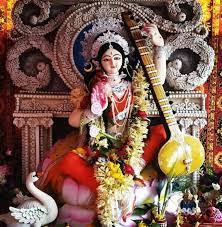
Durga Puja
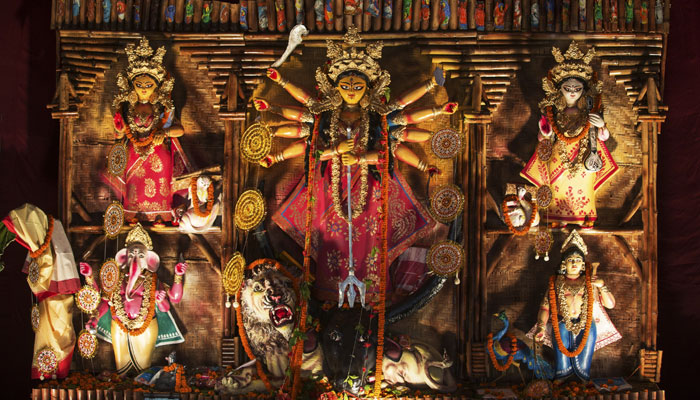
Durga Puja is one of the major festivals of Kamakhya and the whole place is seen in a festive mood. The celebration is quite different from other places. In the Kamakhya Temple, it is observed for a fortnight (Paksha) beginning with Krishna Navami and ending with Sukla Navami of Aswina, hence also called the Pakhua Puja.
As per Hindu scriptures, the festival marks the victory of goddess Durga in her battle against the shape-shifting asura, Mahishasura.Thus, the festival epitomizes the victory of good over evil, though it is also in part a harvest festival celebrating the goddess as the motherly power behind all of life and creation. Durga Puja coincides with Navaratri and Dussehra celebrations observed by other traditions of Hinduism.
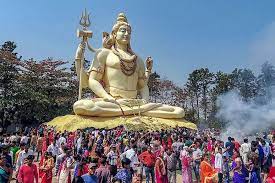
Shivratri
Maha Shivaratri is particularly important in the Shaivism tradition of Hinduism. Unlike most Hindu festivals which are celebrated during the day, Maha Shivaratri is celebrated at night. Furthermore, unlike most Hindu festivals which include expression of cultural revelry, the Maha Shivaratri is a solemn event notable for its introspective focus, fasting, meditation on Shiva, self study, social harmony and an all-night vigil at Shiva temples.
The celebration includes maintaining a jagaran, an all-night vigil and prayers, because Shaiva Hindus mark this night as "overcoming darkness and ignorance" in one's life and the world through Shiva. Offerings of fruits, leaves, sweets and milk are made to Shiva, some perform all-day fasting with Vedic or tantric worship of Shiva, and some perform meditative yoga. In Shiva temples, the sacred Panchakshari mantra of Shiva, "Om Namah Shivaya" is chanted throughout the day. Devotees praise Shiva through the recitation of the hymn called the Shiv Chalisa.
